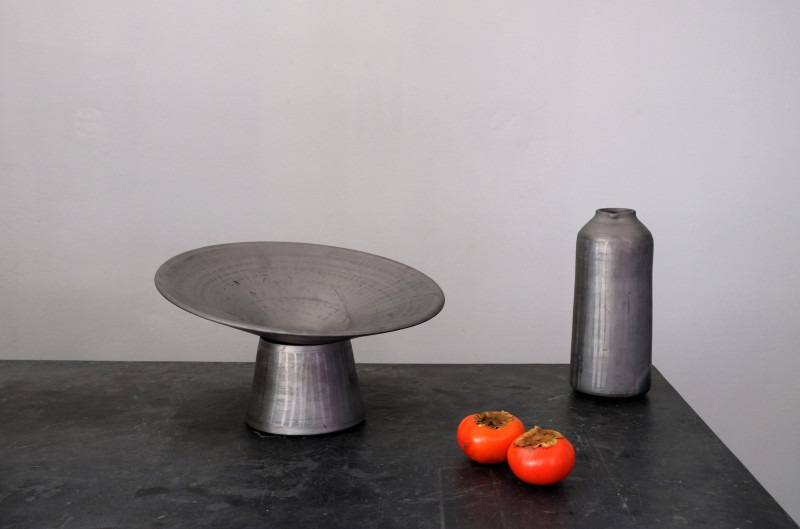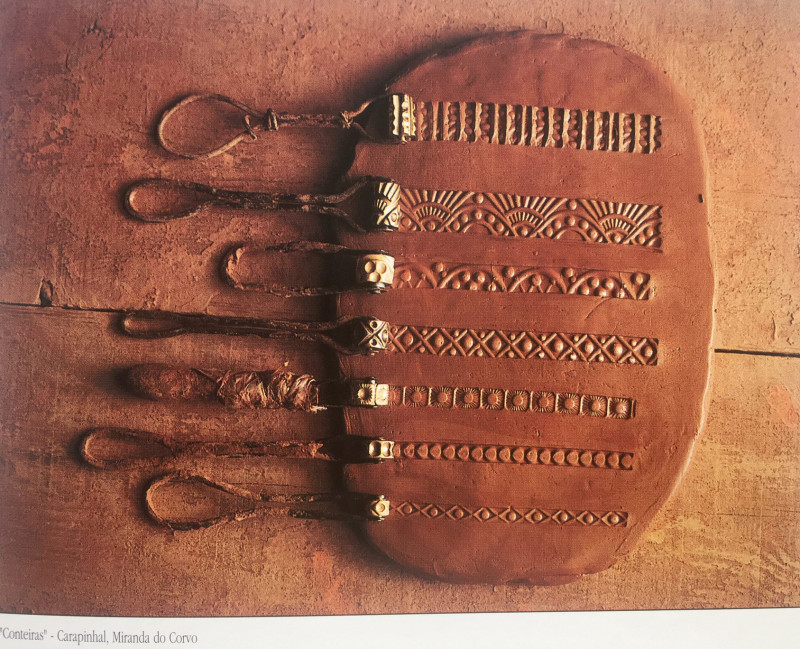
# 0024
Bilha preta do Carapinhal
Artefact, Individual Thing, Endangered, Purchased, Craft Workshop, Ceramics, Glasses, Years
Socio-cultural Data
Historical Uses
Storage and transport of water.
Historical Impact
Used for the production of common daily ceramics. For personal use and export. A traditional, important source of income for specific regions.
Present Uses
Mainly decorative
Present Impact
The production of traditional clay utilities lost its economic importance, but is still requested for restaurants and traditional food preparation. Still important as cultural touristic attraction, increasing interest in hands on workshops to learn the crafts (for leisure).
Future Uses · Image / Video / Audio (.jpg, .png, .mp4, .mp3 up to 30MB)

Other Fascinating Facts
The second firing procedure with reduction of oxygen changes the porosity of the clay. This influences the vaporization of liquids and increases for example the cooling effect for water. If you would fire the piece again without oxygen reduction , the clay turns red again. Where the traditional potteries decrease there is however internationally a growing interest, in learning the traditional skills (also with sales activities)
Technical Data
Class of Material
Ceramics, Glasses
Processing methods · Image / Video / Audio (.jpg, .png, .mp4, .mp3 up to 30MB)

Author(s) of process or recipe
Olaria Quirino Ferreira
Bio-temporal-geographical Data
Residence time (How long does the matter/material/artefact stay in an unaltered state in the location/context/system before it decay?)
Years
How does the item affect the environment in which it exists?
I don't Know
Ontological-cosmological Data
useful and beautiful, delicate
How would you like to be with this artefact/material/living thing/matter?
I like to drink from it
What can humans give back to this artefact/material/living thing/matter?
Meaning